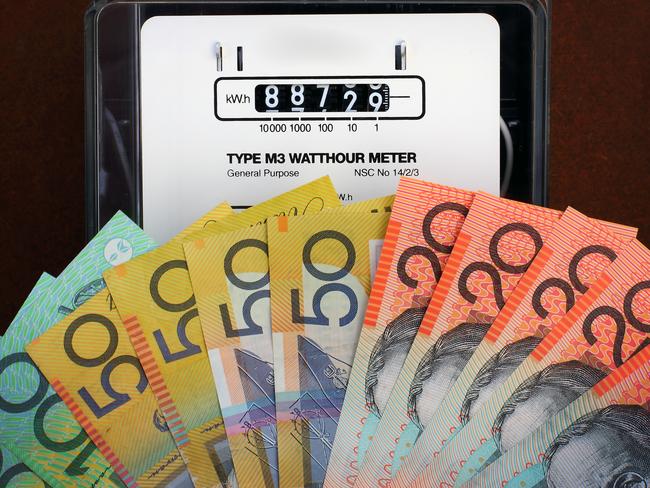Know the cost of running your home to save money this winter
WINTER energy usage brings a bill spike in many Australian states, so it pays to know just what each major appliance is costing you to run. Here are the latest estimates.

UNDERSTANDING how much it costs to run your home during winter is the first step in saving money on energy bills.
Technological advances such as smart meters and smart plugs are helping to give households more clarity, but even people without smartphone apps telling them how much power is chewed up by their washing machine can benefit from some general knowledge.
MoneysaverHQ asked Origin Energy to crunch the numbers on the costs of running our appliances. While prices vary between states, these estimates show what you can expect to pay.
• CLOTHES dryers (5kg) cost between $1.06 and $1.86 per load, or up to $72 during winter for someone drying three loads a week;
• TOP loading washing machines cost between 39c and 69c per load;
• FRONT loading washing machines cost between 17c and 29c per load;

• AIR-CONDITIONING depends on usage, but for a 2.5kW reverse cycle system suitable for a bedroom and running nine hours a day on cooler days, you’ll pay between 16c and 27c per hour or $97-$211 per quarter.
• PERSONAL space heaters cost between 23c and 40c per hour, or up to $174 over winter in cooler states where power costs are higher.
Origin spokesman Stuart Osbourne said heating and cooling made up 40 per cent of household energy use and the largest appliances were usually the largest power guzzlers.
ENERGY SAVINGS: Why the best deals are often hidden
“The biggest savings to be made are by monitoring the temperature you set your heating to — the ideal temperature for a heater is between 18 and 20 degrees as every degree above that will cost you 10 per cent more to run,” he said.
“Washing clothes in cold water, and using the eco mode on your dishwasher are good ways to save energy and save on your bill,” he said.
Energy retailers and the Federal Government’s energy.gov.au website provide practical tips for cutting costs.
For example, a second fridge costs about $170 a year to run, says energy.gov.au. Switching off gaming consoles after use can save up to $195 a year, and water-efficient shower heads can save a couple $160 a year in reduced water and power costs, it says.
“Exact savings will vary depending on the age of your appliance, the size of your home, your climatic zone, and the energy prices you pay including the type of contract you choose.”
